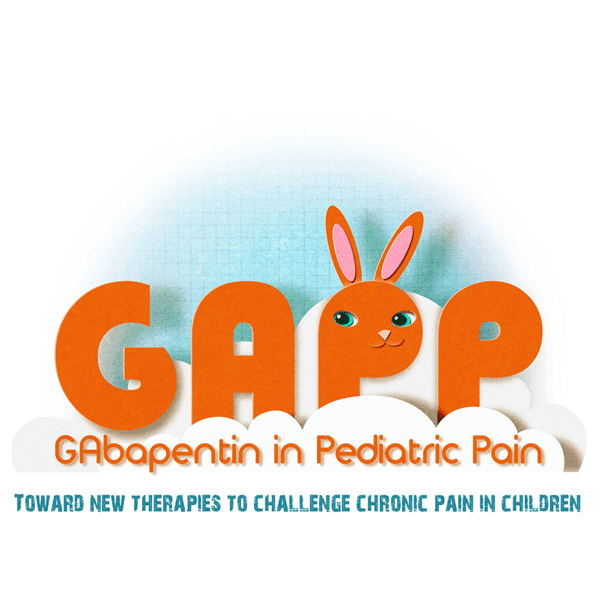

Pain is an unpleasant feeling often caused by intense or damaging stimuli, such as stubbing a toe, burning a finger, putting alcohol on a cut. The International Association for the Study of Pain states: “Pain is an unpleasant sensory and emotional experience associated with actual or potential tissue damage, or described in terms of such damage”.
Most pain resolves promptly once the painful stimulus is removed and the body has healed, but sometimes pain persists, despite removal of the stimulus and apparent healing of the body; also, pain may arise in the absence of any detectable stimulus, damage or disease.
Pain is the most common reason for physician consultation in most advanced countries. It is a major symptom in many medical conditions, and can significantly interfere with a person’s quality of life and general functioning.
Pain is usually transitory, lasting only until the noxious stimulus is removed or the underlying damage or pathology has healed, but some painful conditions may persist longer and become chronic, extending beyond the expected period of healing. Chronic pain may begin as acute pain and persist for long periods (at least 3 months).
Neuropathic pain is caused by a damage or a disease affecting any part of the nervous system involved in bodily feelings (the somatosensory system). In some diseases condition patients may have mixed pain consisting of somatic and neuropathic pain at the same time. Examples include trauma that damages tissue and nerves, burns – that affect skin as well as nerve endings – cancer and chemotherapy. Neuropathic pain does not respond predictably to conventional analgesics but may respond to adjuvant analgesic drugs.
Neuropathic pain in children has been considered rare although in recent years its prevalence seems increasing, particularly in the contest of serious medical conditions.
Causes of neuropathic pain in children include nerve injury, nerve entrapment or external compression by space-occupying lesion (abscess); nerve damage caused by HIV infection or by the toxic effects of antiretroviral therapy (ART); benign tumours of the nerve (neurofibroma or scar neuroma after trauma or surgery); phantom limb pain; nerve infiltration by cancers and nerve damage caused by cancer treatments (e.g. chemotherapy, radiation) and spinal cord injury.
Cancer and/or chemotherapy often results in pain. The incidence of neuropathic pain in children being treated for acute lymphoblastic leukaemia (ALL) is reported to be 35% (Anghelescu DL et al. 2011), with 16% having at least one recurrence. Since the primary medications used for the treatment of ALL (specifically vincristine and methotrexate) are also used in many other cancer types, these data suggest that other cancer patients are also at risk.
Furthermore, children can be affected by other neuropathic pain syndromes, such as congenital degenerative peripheral neuropathies and inflammatory neuropathies (e.g. Guillain-Barré syndrome; Walco GA et al. 2010).
Finally, some cases of neuropathic pain are relatively unique to the paediatric population, including toxic and metabolic neuropathies (e.g. lead, mercury, alcohol and infection), hereditary neurodegenerative disorders (e.g. Fabry disease), mitochondrial and other rare disorders. A strong neuropathic component can also be present in the so-called “mixed pain” syndromes as derived from trauma, burns and, again, cancer.